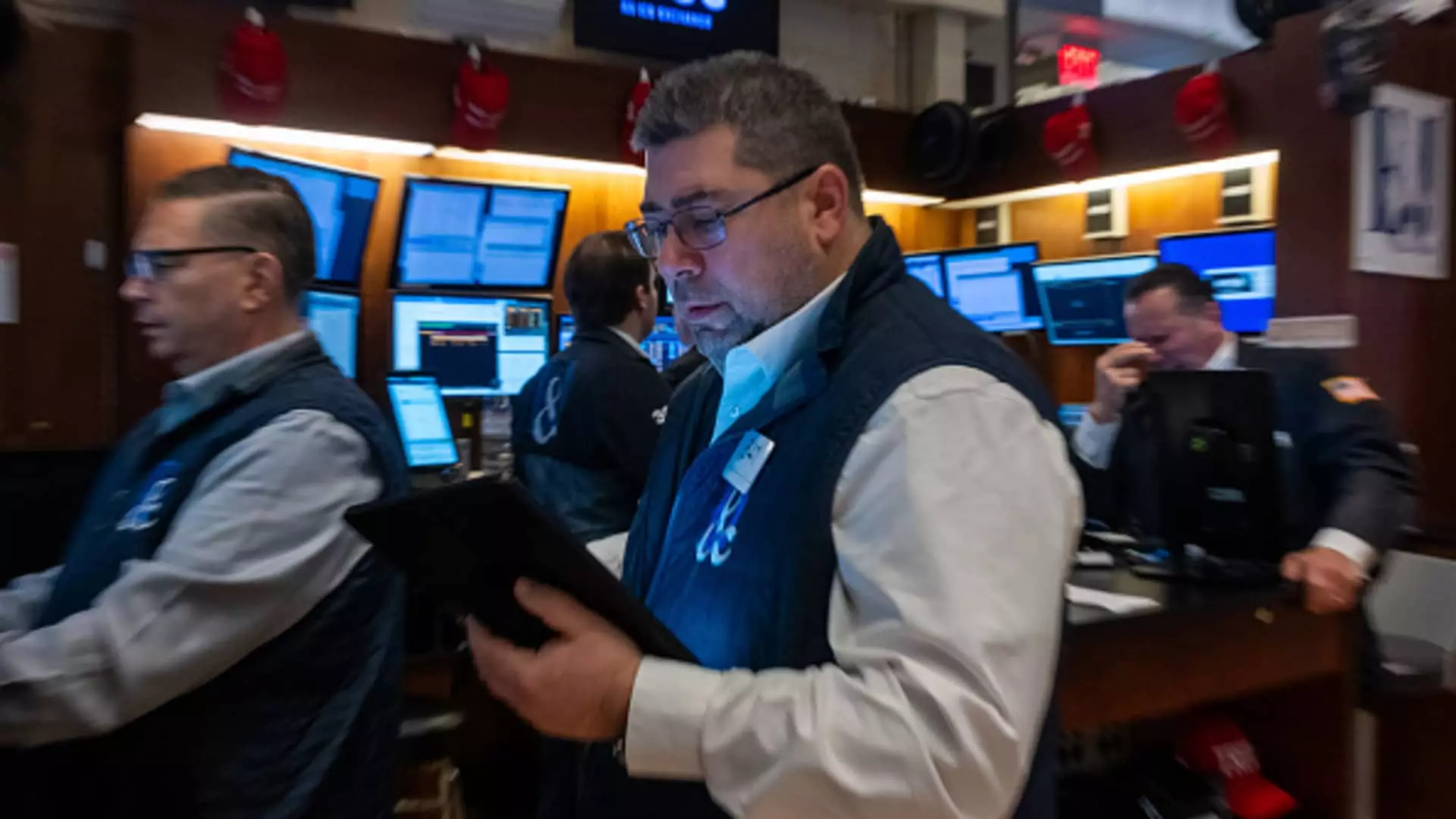In recent years, a notable trend in the investing world has emerged: the increasing popularity of leveraged and inverse exchange-traded funds (ETFs). These complex investment instruments aren’t just new kid on the block, but they represent a paradigm shift in how market participants approach stock trading, especially among retail investors. With the promise of enhanced returns, many investors are increasingly willing to take significant risks. This article delves into the mechanics of these products, their growing significance in the market, and the associated risks that investors must be cognizant of.
At their core, leveraged ETFs aim to multiply the daily returns of a specific index or asset. For example, a 2x leveraged ETF is designed to provide twice the movement of the underlying index on a daily basis. Conversely, inverse ETFs produce returns that are the opposite of the index or asset’s performance for that day. So, if the S&P 500 increases by 1%, a 2x leveraged ETF should rise by 2%, while a 2x inverse ETF would drop by 2%. This structure has attracted a burgeoning segment of investors, particularly during volatile market periods where rapid price changes are common.
The allure of leveraged and inverse ETFs lies in their potential for significant returns. With the capacity to amplify gains, these funds cater to those investors who have short-term bullish or bearish outlooks. As noted by Douglas Yones, CEO of Direxion, there’s been a marked increase in trading volumes, highlighting a burgeoning appetite for speculative trading behavior spurred by market volatility and daily news cycles.
From their inception in 2006, leveraged and inverse ETFs have witnessed exponential growth. Initially focused on broad indices like the S&P 500 or Nasdaq, these products have evolved to include single-stock leveraged ETFs, particularly for popular tech companies like Nvidia and Tesla. As of now, the largest leveraged ETF, ProShares UltraPro QQQ, boasts assets nearing $26 billion, signifying both investor confidence and the broader speculative trading environment.
The increased assets under management in the ETF sector are also reflective of the overall bullish market. However, leveraged and inverse ETFs are no longer a marginal subset; they now constitute a substantial part of the overall ETF landscape, with approximately $81 billion in assets, compared to around $2 trillion in total ETF assets just seven years ago.
Younger investors have been particularly influenced by the accessibility and attractiveness of leveraged products. With smartphone apps enabling instant trades, the barriers to entry have diminished dramatically, allowing individuals to engage with these sophisticated financial products from virtually anywhere. According to Todd Sohn from Strategas, the demographics of today’s investors indicate a growing enthusiasm for leveraging positions due to the potential for heightened returns. Recent analyses reveal that about 75% of the owners of these funds are retail traders, underscoring a significant shift in the base of market engagement.
Moreover, international interest in these products is on the rise, with a notable percentage of retail investors coming from regions like South Korea, Japan, and Europe, evidenced by their ongoing demand for continuous trading opportunities.
Remarkably, while leveraging can lead to quick gains, it also comes with considerable risks. Investors must understand that these ETFs reset daily, meaning that the potential compounding effects can yield returns that differ significantly from the expected outcome when held over multiple days. For instance, in scenarios involving consecutive price fluctuations, a simple investment can result in unexpected losses due to the nature of compounding and rebalancing that these products undergo each day.
A common illustration demonstrates how a leveraged ETF reacts differently than traditional investments: If the underlying index fluctuates over two consecutive days, the end result for leveraged ETFs can be counterintuitive. Instead of a simple 2x loss after consecutive gains and losses, investors may find themselves with losses exacerbated by the daily reset feature.
Leveraged and inverse ETFs are reshaping the way investors approach trading, particularly as they gain traction among retail participants. While the potential for amplified returns can be enticing, they carry substantial risk due to their complex structure and daily reset mechanics. As the market evolves, it’s essential for both new and seasoned investors to approach these products with a solid understanding of their inherent dangers. Successful investing requires a balanced perspective, especially when venturing into the volatile world of leveraged trading. Awareness and education will be key factors in determining whether this growing segment of investment tools becomes a boon or a bane for market participants, especially in an unpredictable economic environment.


Leave a Reply